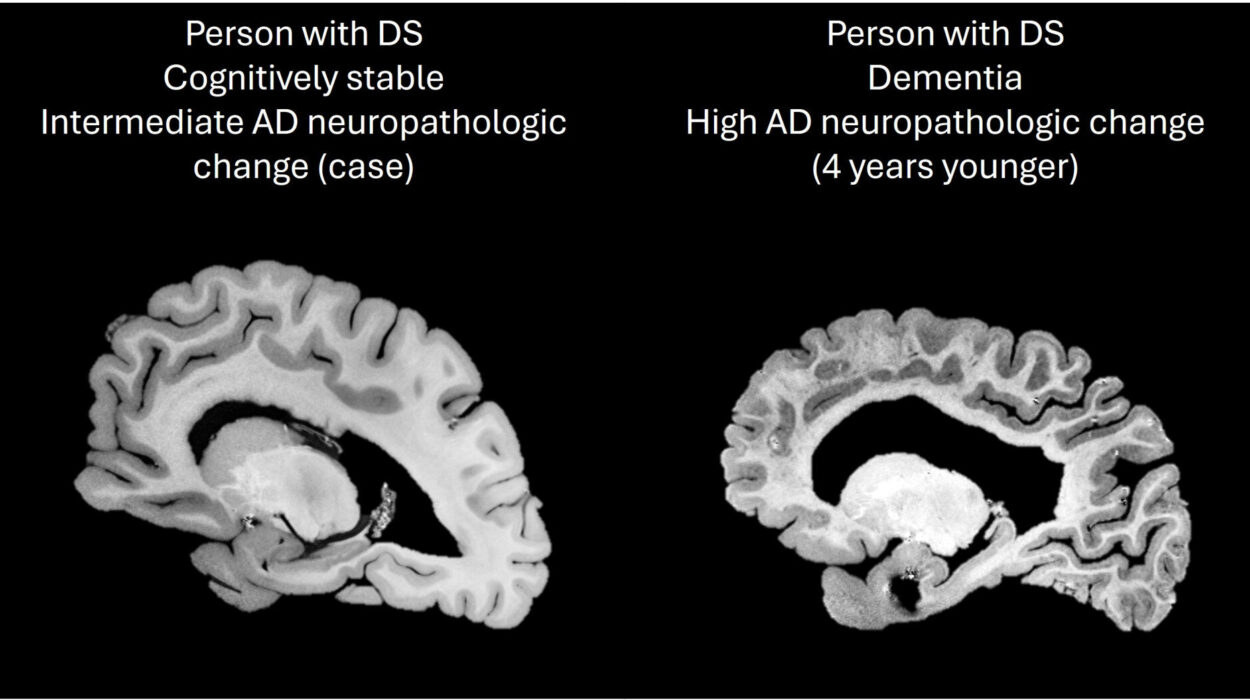In the nuanced world of sex therapy, desire is rarely just about desire. Beneath the surface of every intimate interaction lies a complex web of personal histories, emotional attachments, and deeply ingrained societal beliefs. A new study published in the Journal of Sex & Marital Therapy explores this complexity through a lens often overlooked: how beliefs about gender roles interact with sexual power dynamics—dominance, submission, and tenderness—to shape people’s intimate lives and their relationship satisfaction. The result is a fresh, empirically grounded window into how sexual and relational well-being can either flourish or flounder, depending on the alignment between our desires and our ideals.
Mapping the Sexual Landscape in Therapy
Conducted by Roxanne Bolduc, a sexologist, psychotherapist, and assistant professor in psychiatry and neuroscience at Université Laval, the study dives into the sexual scripts of 325 adults currently undergoing sex therapy. These individuals, predominantly women and mostly cisgender, were asked to reflect on their sexual interests and their beliefs about gender roles—whether they leaned toward traditional views that assign roles based on gender, or more egalitarian perspectives that resist such prescriptions.
Bolduc’s interest was not just academic—it was rooted in her clinical experience. “I was inspired to look into power dynamics within romantic relationships and wanted to explore how they operate outside of BDSM contexts,” she explained. What she noticed during her internship in sex therapy was striking: while many clients spoke of dominance and submission, few actually identified as part of the BDSM community. This dissonance sparked a broader investigation into how power manifests in everyday sexuality, especially among people not affiliated with specific sexual subcultures.
Sexual Scripts and the Psychology of Power
The framework guiding the study is “sexual script theory”—the idea that our sexual behaviors, preferences, and expectations don’t emerge in a vacuum but are heavily shaped by cultural narratives and social norms. Just as a film script guides an actor’s lines and actions, sexual scripts inform how individuals think they should act, feel, and relate in sexual and romantic situations.
These scripts are steeped in messages about masculinity, femininity, control, and care. For example, traditional gender scripts might encourage men to take the lead and women to be receptive or passive. On the other hand, egalitarian scripts promote flexibility and mutual decision-making, rejecting the notion that roles should be dictated by gender. These opposing currents often coexist uneasily within individuals, especially as they navigate changing social norms and evolving personal values.
Three Profiles of Sexual Expression
To tease apart these dynamics, Bolduc and her team used latent profile analysis—a statistical method that groups individuals based on shared patterns of responses—to uncover distinct psychological profiles among participants. The analysis yielded three main clusters, each with its own unique blend of sexual preferences, gender beliefs, and relational outcomes.
The first group, labeled “Dominant stereotypical thinkers,” was the smallest (3.7% of the sample) but perhaps the most straightforward in terms of alignment between interest and ideology. These individuals—mostly men—exhibited a strong preference for sexual dominance and held high scores on both traditional and egalitarian gender role beliefs. This seemingly contradictory combination might reflect an internalized mix of old and new values, or a flexible application of beliefs depending on context. Interestingly, this group did not report notably worse relationship satisfaction, challenging assumptions that dominance and traditionalism are inherently problematic in intimacy.
The second and more conflicted group, dubbed “Tender conflicted traditionalists,” represented 15.4% of the sample. Their dominant interest was in tender sex—emphasizing emotional connection and mutual affection. However, they also strongly endorsed traditional gender roles while expressing some support for egalitarian views, revealing an inner tension. These participants were generally older, more likely to exhibit avoidant attachment styles, and reported the lowest levels of relationship satisfaction. Their internal conflict—wanting emotional closeness while navigating inconsistent beliefs about gender—seemed to generate significant strain.
The third and by far the largest group, comprising 80.9% of participants, was named “Flexible and coherent lovers.” These individuals were characterized by low interest in dominance, strong preference for egalitarian gender roles, and the highest levels of relationship and sexual satisfaction. The majority were women. What set this group apart was congruence—their beliefs and behaviors aligned, creating a harmonious psychological landscape that supported intimacy and emotional security.
The Power of Congruence in Sexuality
One of the study’s most compelling findings is the role of congruence—consistency between what individuals believe about gender roles and how they express themselves sexually. It turns out that this alignment, especially when it involves egalitarian beliefs, is a key predictor of relationship satisfaction and lower avoidant attachment. In other words, when people’s inner scripts are coherent—when their beliefs about equality match their sexual behavior—they experience healthier, more fulfilling relationships.
Bolduc emphasized this point in an interview: “Congruence in terms of gender roles was associated with better sexo-relational well-being, which is the element that stood out the most from our results.”
This finding challenges some of the common misconceptions around sexual power dynamics. For example, dominant sexual preferences have often been pathologized, especially when paired with traditional gender roles. But the study shows that dominance itself isn’t necessarily a problem—it’s the misalignment or internal conflict that seems to cause relational stress. If a person genuinely embraces dominant preferences and those desires align with their beliefs and their partner’s consent, satisfaction can remain high.
In contrast, individuals in the “Tender conflicted traditionalist” group suffered more—not because they preferred tenderness, but because their values clashed. Holding onto both traditional and modern views without resolving the tension can create emotional dissonance that seeps into the bedroom and beyond.
Implications for Sex Therapy and Beyond
This research opens up new possibilities for therapeutic interventions. Rather than pathologizing specific sexual interests or insisting on particular values, therapists might better serve clients by exploring the congruence between their beliefs and behaviors. Helping individuals articulate, examine, and align their gender role beliefs with their sexual desires could enhance not only their intimate lives but their emotional well-being overall.
“Our findings highlight that individuals with egalitarian and congruent views on gender roles report higher relationship satisfaction and less avoidant attachment,” said Bolduc. “Therapeutic intervention could focus on fostering egalitarian and congruent gender roles, which may enhance relationship satisfaction and emotional security.”
That said, the study has its limitations. The participants were all seeking sex therapy, which likely means they already had concerns about intimacy, satisfaction, or identity. The sample was predominantly Canadian and highly educated, potentially limiting generalizability. Moreover, one of the key measures—the gender-transcendent beliefs scale—had lower reliability, which may have introduced some imprecision in the findings.
Future studies could expand on this work by including more diverse populations across cultures, sexual orientations, and socioeconomic backgrounds. One promising direction would be to investigate how these profiles function within couples—do partners tend to align, or do mismatches create friction? How do sexual scripts evolve over time within long-term relationships?
Bolduc is eager to take the next step. “For this specific research topic, I would love to recruit a new sample with partners in committed romantic relationships to consider how partners influence each other,” she said. “Replicating this study with a sample from the general population is also a goal, to validate the findings beyond the clinical context.”
Redefining Sexual Health Through Social Context
Ultimately, this study is a call to reconsider how we define healthy sexuality. It’s not just about frequency or performance, but about coherence—about whether our desires feel right to us, and whether they fit within the beliefs and expectations we hold about ourselves and others. In an age when traditional norms are increasingly questioned, and sexual diversity is more visible than ever, understanding the psychological underpinnings of sexual power dynamics is crucial.
Bolduc’s research offers a sophisticated model for doing just that—one that avoids moralizing, embraces complexity, and respects the diversity of human sexual expression. It underscores that the path to relational happiness may lie not in following any one script, but in writing one’s own, with honesty, clarity, and mutual respect.
In a world still grappling with outdated norms and emerging ideals, this study lights the way toward more authentic, satisfying, and psychologically coherent sexual lives—inside the therapy room and far beyond it.






